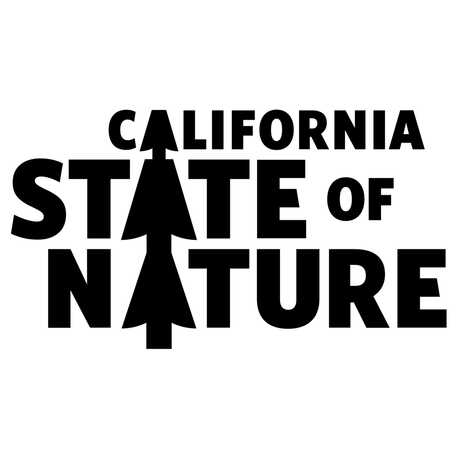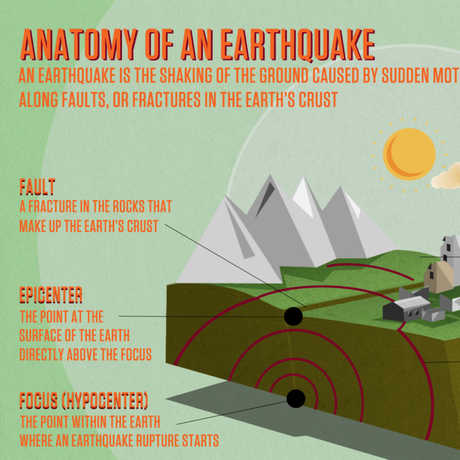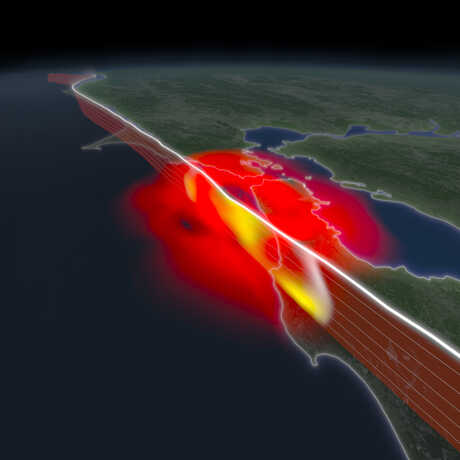
Shake House
We’re California’s biggest fans, but it does have one major fault: The San Andreas! Running roughly 750 miles from coastal Mendocino County in the north to the arid Salton Sea in the south, the San Andreas Fault is where the Pacific Plate and the North American Plate meet. As they slide against each other, they sometimes get stuck—and the consequences can be seismic.
The Shake House transports you back in time to 1989 and 1906, when two devastating earthquakes along the San Andreas shook the San Francisco Bay Area and changed the face of our region forever. By translating the power of plate tectonics into a thrilling physical experience, the Shake House inspires curiosity about the geologic forces beneath our feet—and reminds us of the importance of making an emergency plan.
Sensory advisory: The Shake House is a high-sensory environment featuring unpredictable movement and intense lighting and sound effects. Recommended for ages 4+. View our interactive map for a sensory guide to all Academy exhibits and spaces.

How does it shake?
The Shake House sits on two platforms that allow it to move freely in any direction except up and down. Sandwiched between the platforms are eight actuators, which are kind of like heavy-duty airbags. Special software developed at the Academy tells the actuators when to expand and contract, causing the top platform to jostle, shudder, and jerk. Flickering lights, clattering dishes, and a bone-rattling low-frequency soundtrack complete the illusion that you’re at the epicenter of an epic quake.

Scene one: 1989
The first part of the Shake House experience takes you back to October 17, 1989, when the 6.9-magnitude Loma Prieta earthquake struck near Santa Cruz at 5:04 p.m. 63 people were killed, and damage was widespread throughout the Bay Area—including at the Academy. “I felt the shaking and saw the ceiling cracking and things falling off the shelves,” recalls Dean Do, director of experience engineering and head of the team that developed the original Shake House in 2012. Eventually, time and quake damage took their toll on the original Academy campus, which was razed in 2004 to make way for our new building, which opened in 2008.

Scene two: 1906
Brace yourself: It’s time for the grand finale of your Shake House journey. Travel back to April 18, 1906, 5:12 a.m., when a 7.9-magnitude earthquake rocked San Francisco for nearly a full minute. Fires raged for days after the quake, leveling 80% of the city and killing over 3,000. Pictured above are the ruins of the Academy, which at the time was located downtown on Market Street, between 4th and 5th Streets. Alice Eastwood, then-curator of botany, sprang into action, racing into the crumbling building and rescuing over 1,500 priceless scientific specimens and records. Her legacy lives on in the Academy’s botany collection, now one of the largest in the country.

Get quake ready
From making an emergency plan with your family to creating an earthquake kit for your home, the keys to quake readiness are practice and preparation. Explore the links below to up your earthquake game, including six ways to plan ahead, what to put in your kit, where to download the MyShake app, and how to participate in the annual Great ShakeOut drill.

The Shake House is part of the California: State of Nature exhibition and is open daily. Find it on the main floor on the west side of the building, adjacent to Osher Rainforest.






